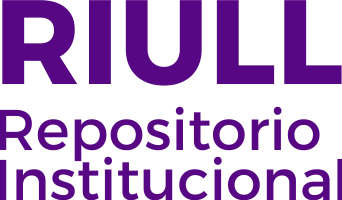Echolocation in Blainville's beaked whales (Mesoplodon densirostris)
Fecha
2013Resumen
Here we use sound and movement recording tags to study how deep-diving Blainville’s beaked whales (Mesoplodon densirostris) use echolocation to forage in their natural mesopelagic habitat. These whales ensonify thousands of organisms per dive but select only about 25 prey for capture. They negotiate their cluttered environment by radiating sound in a narrow 20 field of view which they sample with 1.5–3 clicks per metre travelled requiring only some 60 clicks to locate, select and approach each prey. Sampling rates do not appear to be defined by the range to individual targets, but rather by the movement of the predator. Whales sample faster when they encounter patches of prey allowing them to search new water volumes while turning rapidly to stay within a patch. This implies that the Griffin searchapproach–capture model of biosonar foraging must be expanded to account for sampling behaviours adapted to the overall prey distribution. Beaked whales can classify prey at more than 15 m range adopting stereotyped motor patterns when approaching some prey. This long detection range relative to swimming speed facilitates a deliberate mode of sensory-motor operation in which prey and capture tactics can be selected to optimize energy returns during long breath-hold dives.





